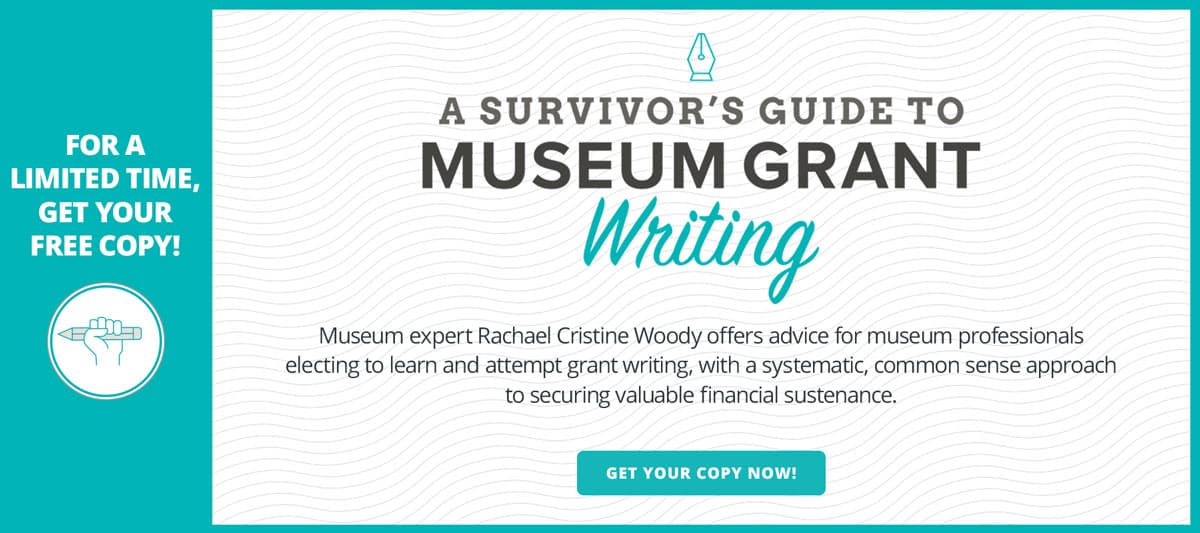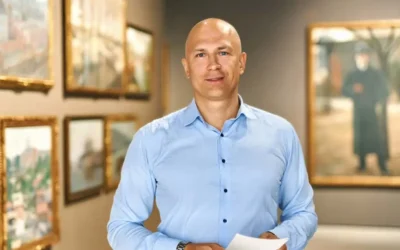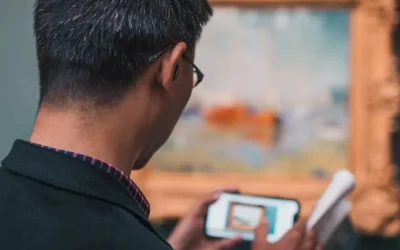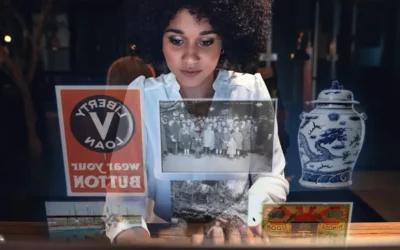Museum Social Media and the Museum Collections Management System

Rachael Cristine Woody
Sharing museum objects online is a practice most museums are implementing on a regular basis. However, with the evolution of social media, digital user expectations, and museum collections management systems (CMS), it’s not always easy to know where, what, and how to share. This post will provide basic guidelines for sharing digital objects from the museum CMS in museum social media.
Below I’ll review the three most popular social media platforms museums use, what digital object content to share to each, and how to share the digital object in the post.
Using Facebook in Museum Social Media
Facebook is perpetually popular, especially as the user demographics continue to skew towards older adults. The Facebook algorithms are tricky and forever updating, so it’s worth researching further if Facebook is your only social media avenue and the museum intends to use it heavily. Even for casual use, the museum should consider the multiple ways to contribute content: text-only, text with media, photograph, and video. Visual media will always generate more passing interest than text-only content. A good approach would be to create and share a combination of text with photo or video. While you can (and should) link to the museum collections management system record for the object being shared, sufficient information must be readily available within the Facebook stream—along with digital media—for it to garner much attention.
Facebook tip: Facebook is a platform where more formal digital images are still widely accepted, but be sure to keep the information light. Pull some descriptive information from the CMS and sprinkle in a current tie-in or additional “behind the scenes” information to make the piece interesting beyond the everyday content.
Using Instagram in Museum Social Media
Instagram is a visual-based platform that offers predominantly photographs with some video content. While it is possible to add a lot of text with the photograph this is typically an ineffectual practice. My recommendation is to provide the object title and date, maybe a sentence or two of descriptive information, and appropriately related hashtags. While you can provide a web address to a digital object within the museum collections management system it will not be hyperlinked, so make sure the museum Instagram profile page has appropriate website and CMS information for digital users to access if they wish to see more information.
Instagram tip: Instagram first became popular due to its attention-grabbing filters. Do not use stock images or formal images of the museum objects. The museum object will be at its most interesting if it is photographed in an ad-hoc way, at an angle, and with a unique filter applied.
Using Twitter in Museum Social Media
Twitter can be text-based or text with media. With a 280 character limit, the museum needs to keep its text content to a minimum, provide just enough information to introduce the object, and offer a direct link to the object’s catalog record in the museum collections management system. Photographs, video, and links to other content (such as the CMS) will take up additional real estate within a Twitter feed and will assist with grabbing the digital user’s attention.
Twitter tip: While text-only is an option, it should rarely be employed unless conveying important and concise museum information. Some hashtags can be used, but do so sparingly.
Using Museum Collections Content in Social Media – Best Practices
Ideally a museum will have a cultivated social media strategy with regularly scheduled content across the social media platforms the museum uses. While digital objects from the museum collections management system won’t be the only content shared via social media, it should factor in as a major content contributor due to the inherent interest digital visitors have in the museum’s objects. As such, knowing where, what, and how to share digital objects via social media is an important process to learn and experiment with.

Rachael Cristine Woody
Similar Posts
Storytelling to Inspire Reflection Using Museum Collections Online
Storytelling with online collections is impactful, whether we choose online-only or as part of a hybrid approach to museum exhibitions.
Museum Collections Online: Learning Through Storytelling
Digitizing museum collections introduces new and engaging opportunities for storytelling. By leveraging digital surrogates—essentially online representations of physical objects—museums can enhance how they present narratives and information to audiences.
The Role of Museum Collections Online in Storytelling & Audience Engagement
Storytelling with museum collections online allows for a great degree of flexibility, offers additional detail, and lends a dynamism that is difficult to produce within a physical exhibition.
Examples of How Archives Can Be Used to Elevate Museum Collections
Last week we reviewed how archives can enhance museum collections online. This week will continue our work with an examination of specific examples, including what items different types of archives may contain and where to capture this data.





Leave a Comment
Comments are reviewed and must adhere to our comments policy.
0 Comments